Cat species can be found on every continent with a moderate climate. However, cats differ greatly from one continent to another–cougars are found only in North America, while leopards are only in Asia. How did these different strains of cats evolve so differently, yet similarly enough to be definitely recognizable as cats?
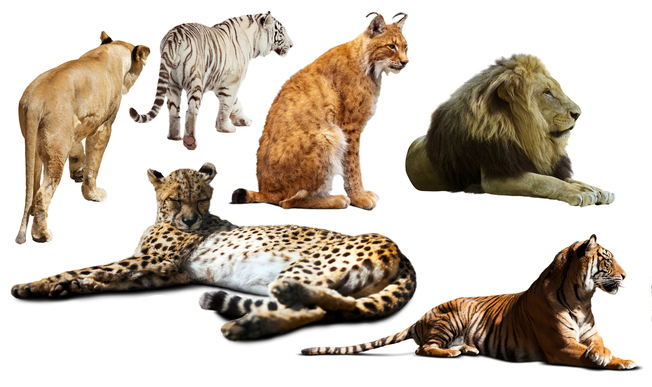
The answer lies in the geography of ancient Earth. 250-450 million years ago, during the time of the supercontinent Pangaea, temperatures on Earth were similar to the levels we see today. This means that current-day plant and animal life could begin to evolve. In addition, the fact that Pangaea was one big land mass made it easy for plants and animals to move from one region to another.
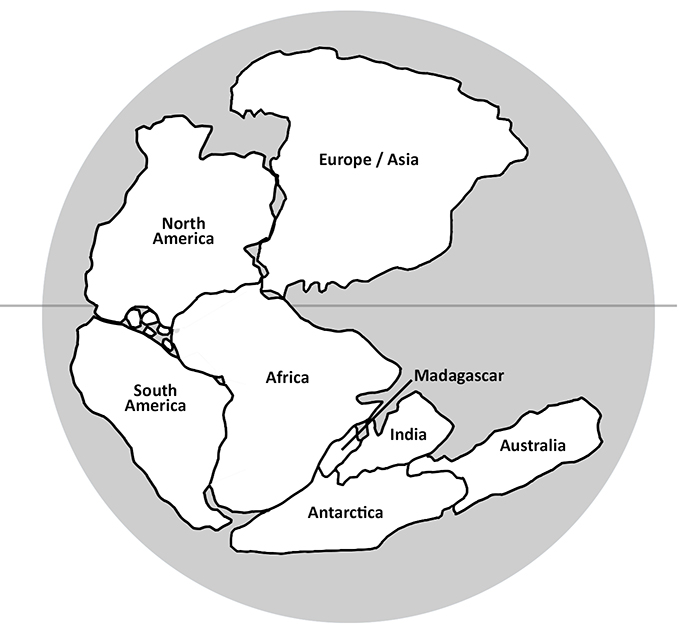
After the continents split, the plant and animal life on each continent continued to evolve (and sometimes go extinct) on separate genetic lines, giving us the variations we find today. However, our continents were never as separate as they might seem. North America and Asia have been connected at various times throughout the millennia by a land bridge between Siberia and Alaska, thus connecting all the large continents. This means over the last several million years, animal and plant life has continued to move back and forth between the continents.
The satellite image below shows the modern-day Bering Strait, which lies between Siberia (left) and Alaska (right). Today, only 82km (about 50 miles) separates them. This makes it highly likely that the two were once connected by a land bridge, which scientists call Beringia.

Early cat ancestors are believed to have first evolved in Asia then spread all over Europe and Africa, and then crossed over from Siberia to Alaska about 18 million years ago to spread out into North America. After that, they evolved into species that differ on each continent. Cougars evolved with large, strong hind legs for quick sprints, and though cougar cubs have spots, they lose them when they reach adulthood. Leopards keep their spots into adulthood, and evolved with a large skull and strong jaws for catching and dragging prey.
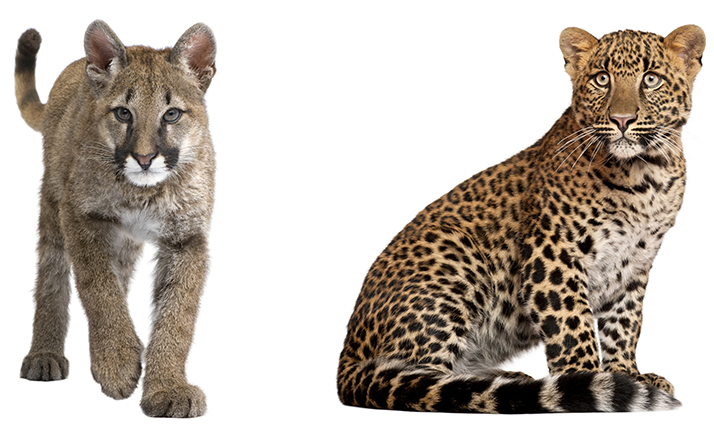
Despite these evolutionary differences, cats on all continents have retained certain characteristics. Cats have numerous vertebrae, far more than human beings do, giving them their amazingly agile and bendable spines. Cats also have a “floating” collar bone that’s attached by muscle rather than bone, giving cats the ability to condense their shoulders and squeeze through very narrow spaces.
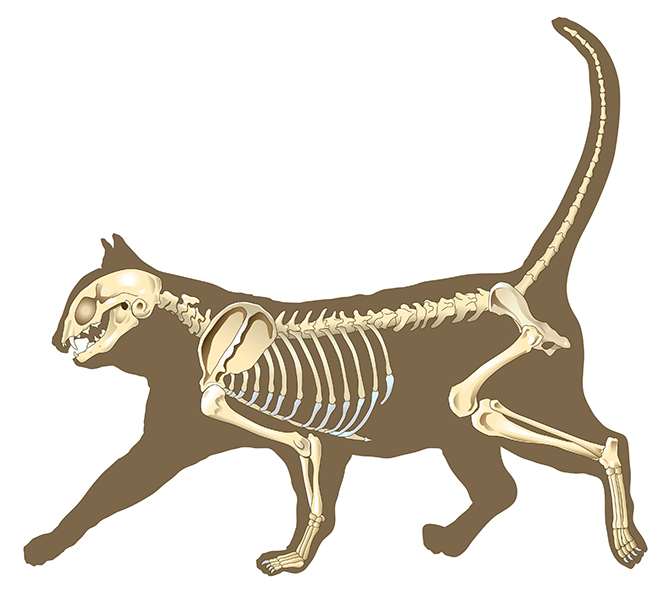
With this type of skeletal structure, cats have a tendency to relax and recline in a certain way that we instinctively recognize as “cat-like”. Note the very similar pose of the legs, hips, and shoulders in these very different breeds of cats.
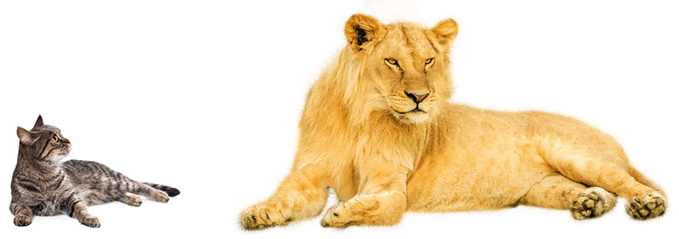
When designing a cat-like character, giving him a long, bendable back and pliable shoulders and hips will go a long way towards telling your audience that this is most definitely a cat of some kind. These traits, more so than ear size, head shape, or tail length, will help you create a much more believable and compelling cat-like character.
You can learn more about how evolution relates to character design in Chapters 4 and 10 of Physics for Animators.
*Photo by Sonelle at English Wikipedia (Own work) via Wikimedia Commons
